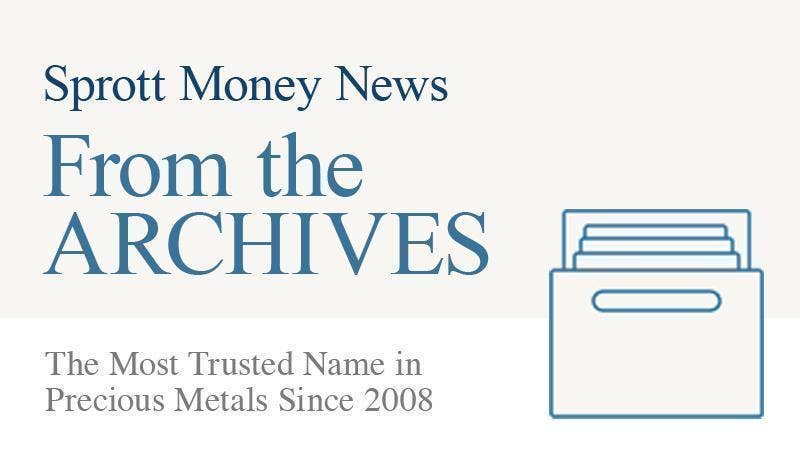January 26, 2018
The impending economic collapse is hidden from most. People only see a rising stock market, not the negative underlying factors that will cause the whole system to crash.– Peter Schiff
The average middle class household is getting squeezed by an income that is not keeping up with the cost of living. Unfortunately, a major portion of the cost of living has become debt service. Most car buyers assume an almost insane amount of debt to buy a new car. Credit card debt is being used to make ends meet. Low-to-no down payment mortgages have funded most of the homes sold over the last few years. The problem, however, is that the financial system enables this behavior. One has to wonder if this was not intentional…
The quote above is from a recent Peter Schiff podcast. He goes on to say the it’s unclear how quickly the financial system will unravel but “it is close” to happening. I wanted to use that quote because one of the goals of the Short Seller’s Journal is to present hard evidence that brings to your attention the “negative underlying factors” which contradict the “official” narrative about the economy and financial system.
A subscriber of mine sent an article to me in which the Wall Street economist, Joe LaVorgna, was forecasting today’s GDP report to surprise everyone by coming in at 5%. I literally laughed out loud. LaVorgna is a hack who has spent his career on Wall Street preaching fairytales about the economy as a means of assisting the snakeoil salesmen at his bank in their efforts to stuff as much high-commission junk into investor accounts as possible. People like LaVorgna would sell their mother for a small commission. I know this because everyone who was above me in the food-chain in the securities division of Bankers Trust in the 1990’s was like that.
Ultimately the truth will prevail but by then it will be too late. In the meantime, here’s a tell-tale indicator that criminals on Wall Street and at the Fed can’t hide:
The chart above shows the rate of return comparison between the S&P 500 and junk bonds (HYG). Historically going back at least to the 1990’s, stocks tend to move in the same direction as junk bonds on a lagged basis. That lag when I was trading junk bonds was usually anywhere from a couple weeks to a couple months. The massive Central Bank intervention has largely removed the ability of the stock market to perceive fundamental problems developing in the financial and economic system. But the junk bond market is starting to smell problems.
Morgan Stanley’s wealth management division announced right after New Year’s that it was taking its recommended portfolio allocation in junk bonds down to zero. The rationale was that, while tax cut euphoria might inject fresh momentum into “high-flying stocks, the boost may be short-lived and will mask balance sheet weaknesses” – i.e. developing credit problems. The Morgan Stanley report further explained that “credit markets figure this out before equities” and that they are preparing “for a deterioration in lower-quality earnings in the U.S. led by lower operating margins.”
I nearly fell off my chair when I saw this commentary from Morgan Stanley. In my 32 years of active participation in the financial markets I can not recall any brokerage firm ever issuing a stark warning like this about any sector of the financial markets.
At some point the fundamental problems will become too obvious for stocks to ignore and there will be abrupt sell-offs. The 360 point drop from top to bottom last Tuesday was a hint of what’s to come. Eventually the Central Banks will be unable to intervene and manipulate the type of bounce that was engineered at Tuesday’s bottom and that followed-through on Wednesday and beyond.
All of this is going in plain view. But the sheeple are too worried about whether or not they can take out enough debt to buy the cars and homes required to keep up with everyone else. But “everyone else” is doing the same thing. Default rates are starting to soar on credit card and auto loan debt. This will soon spill over into mortgages. My thesis on the housing market was confirmed by an industry-insider – a point which I will detail for my subscribers this weekend. We’re already seeing signs that the economy hit a wall in December. It will only get worse.
Don’t miss a golden opportunity.
Now that you’ve gained a deeper understanding about gold, it’s time to browse our selection of gold bars, coins, or exclusive Sprott Gold wafers.
About Sprott Money
Specializing in the sale of bullion, bullion storage and precious metals registered investments, there’s a reason Sprott Money is called “The Most Trusted Name in Precious Metals”.
Since 2008, our customers have trusted us to provide guidance, education, and superior customer service as we help build their holdings in precious metals—no matter the size of the portfolio. Chairman, Eric Sprott, and President, Larisa Sprott, are proud to head up one of the most well-known and reputable precious metal firms in North America. Learn more about Sprott Money.
Learn More
You Might Also Like:


















Looks like there are no comments yet.